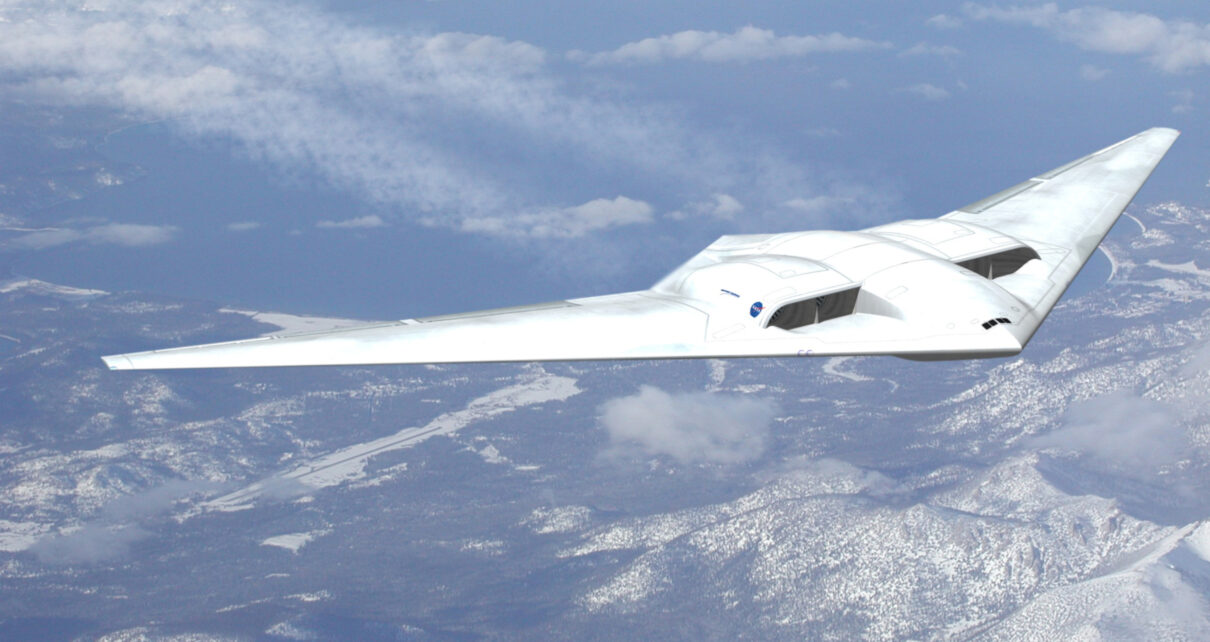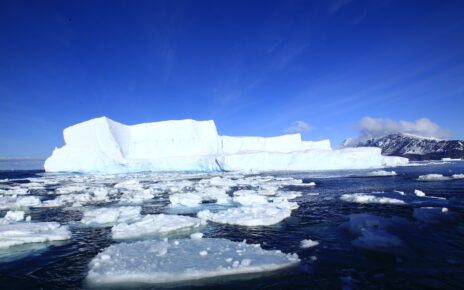Tail-less Aircraft: How Does Their Functionality Compared To Conventional Designs?

There are different definitions of a tailless airplane. A plane may be considered tailless if there is no horizontal control surface other than the main wing or if it features an absence of the empennage (horizontal and vertical stabilizers) altogether. Both the de Havilland DH-108 “Swallow” (no empennage) and Concorde (no horizontal stabilizer) are considered tailless aircraft. Irrespective of how it is defined, the tailless design is unique and significantly different from the conventional airplane design.
In a conventional design, the primary function of the horizontal stabilizer is to provide pitch (longitudinal) control or trim. This is done using the movable elevators hinged to the aft end of the stabilizer. The vertical stabilizer, also known as the tail fin, is the static part of the vertical tail of an aircraft.
The movable part is the rudder hinged to the tail. The role is to provide control, stability, and trim in the yaw position. It is part of the aircraft empennage, specifically of its stabilizers. Both stabilizers are part of the tailplane that forms an empennage at the rear of the aircraft. Notably, the main wings provide roll control through movable ailerons at the aft outer ends of the wings.
How are stability and maneuverability achieved?
Specialized methods must be used to make the aircraft stable during flight. It is commonly done by sweeping the leading edge of the main wing further aft or opting for a delta wing design. This reduces the angle of incidence of the outer wing to match the conventional stabilizer design. The progressive decrement of the angle (tip washout) gives the wings’ upper surface a conical curvature. A disadvantage to this design is that the wing tips tend to generate lift at high speeds and greater angles of attack.
Another method is to design low-pitching airfoils (maybe with a reverse camber). The front section of the wing presents a curved surface and generates greater lift at high angles of attack. The rear of the wing is a flat section that contributes negligible lift, acting like a tailplane or washed-out tips of a swept wing. The thrust achieved as a result of the wing design is compensated by slightly increasing the angle of attack of the wing. The additional drag incurred due to the higher angle of attack makes the design less efficient.
A rather simpler design approach is to locate the main weight of the aircraft at a significant distance before the wing, allowing gravity to counteract the aerodynamic stability. A sweepback or conical wing structure must be augmented to enable complete aircraft stability. Stability can also be provided artificially. A high level of maneuverability requires a low level of stability. Some modern combat aircraft use fly-by-wire computer controls to achieve stability because they are inherently unstable in pitch and yaw.
Want answers to more key questions in aviation? Check out the rest of our guides here.
The Northrop Grumman B-2 stealth bomber achieves stability through the use of advanced elevons and rudders along the trailing edges of its main wings. The adjustable surfaces can provide pitch, roll, and yaw and work with a sophisticated fly-by-wire system.
What are your thoughts on the stability and maneuverability of tailless aircraft? Tell us in the comments section.







